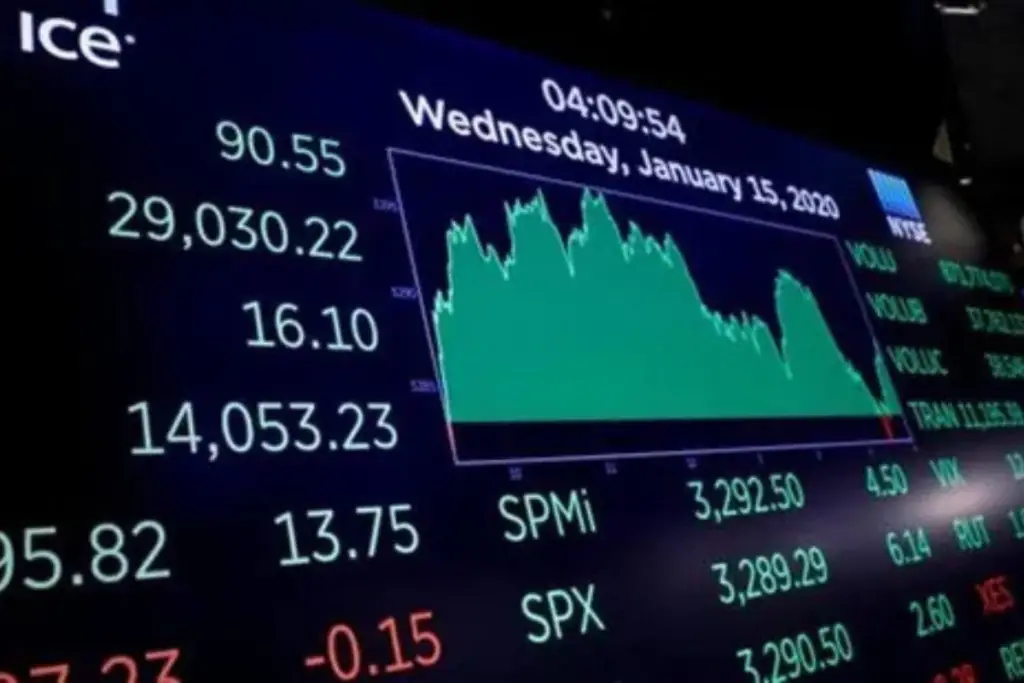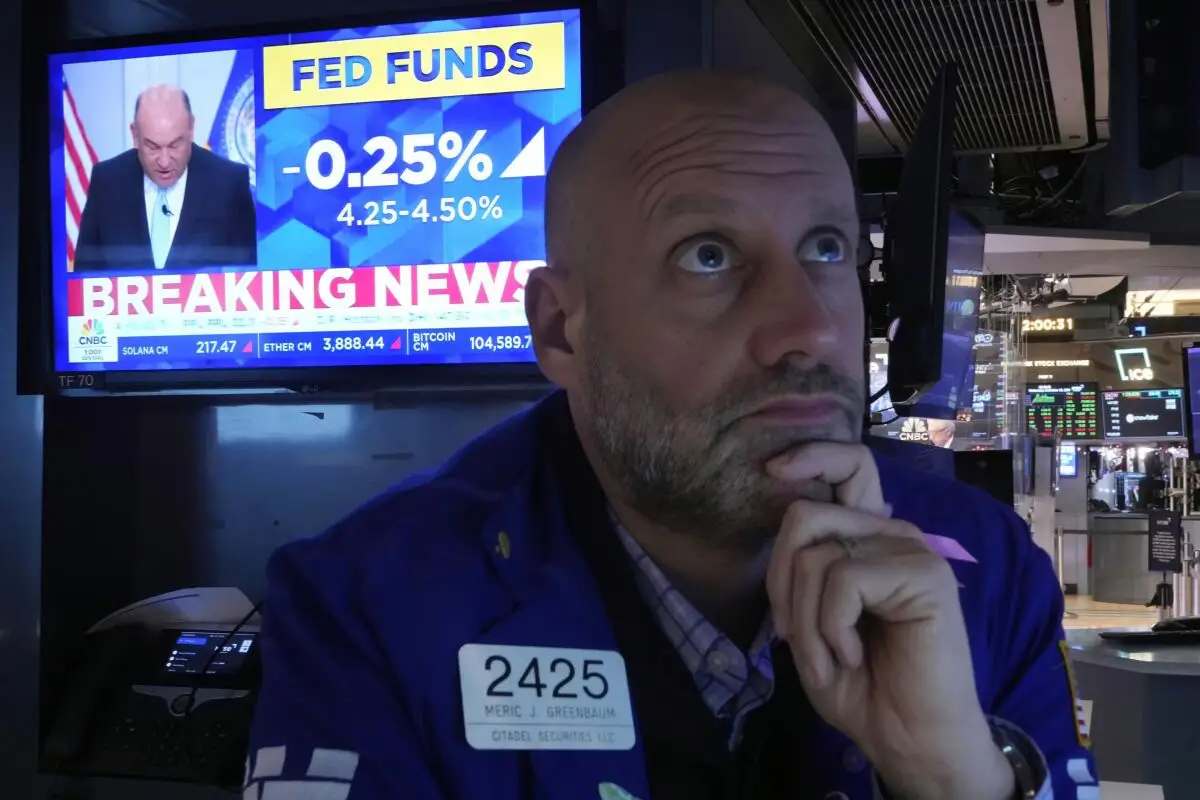Wall Street Shaken by Conservative 2025 Outlook. How a quarter-point rate cut sparked one of 2024’s biggest market selloffs.
In a dramatic turn of events that sent shockwaves through the financial markets, U.S. stocks experienced one of their worst days of the year following the latest Federal Reserve meeting. The Federal Reserve’s decision to cut its benchmark interest rate by a quarter point was overshadowed by its projections for 2025, which indicated a more conservative approach to future rate adjustments than previously expected.
On December 18, 2024, the Federal Reserve announced a 25 basis point cut to the federal funds rate, bringing it down to a range of 4.25% to 4.50%. While this cut was widely anticipated, the real surprise came from the Fed’s updated Summary of Economic Projections (SEP), which now anticipates only two rate cuts in 2025, half of what was projected just three months prior.
This hawkish outlook caused immediate turmoil in the markets. The S&P 500 tumbled by 2.9%, nearly matching its largest loss earlier in the summer, pulling it further away from its recent all-time high. The Dow Jones Industrial Average saw a significant drop of 1,123 points, or 2.6%, while the Nasdaq composite fell by 3.6%.

The reasoning behind the Fed’s cautious stance, as articulated by Fed Chair Jerome Powell, is a response to an economy that appears more resilient than expected. Powell highlighted the strong performance of the job market and recent upticks in inflation as reasons for a slower approach to rate reductions, citing the need for flexibility in response to upcoming economic developments.
Investor sentiment was reflected in the bond market as well, with Treasury yields climbing. The yield on the 10-year Treasury rose to 4.50% from 4.40%, signaling investor movements towards safer assets amid uncertainty. The two-year yield, which is more sensitive to Fed policy changes, also increased, moving to 4.35% from 4.25%.
The impact was particularly harsh on stocks of smaller companies, which rely heavily on borrowing for growth. The Russell 2000 index of small-cap stocks fell by 4.4%. Notable individual stock performances include General Mills, which dropped 3.1% despite reporting better-than-expected quarterly profits, due to adjusting its profit forecasts downwards for future growth investments.
This market reaction has stirred various discussions among analysts and investors. Some see this as a temporary correction, while others warn of potential further declines if the Fed continues on this cautious path. The anticipation of fewer rate cuts suggests a longer period of higher borrowing costs, which could dampen economic activity and corporate earnings.

The implications of these developments extend beyond Wall Street, affecting global markets and individual investors’ portfolios. The cautious monetary policy signals from the Fed have led to increased volatility and a reevaluation of investment strategies across the board.
Sources and Further Reading:
For an in-depth analysis on the Fed’s decision and market reactions, see MarketWatch
MarketWatch. "Fed's rate decision designed as a 'reluctant reduction' to comfort markets, says one strategist." December 2024. View article
CBS News provides comprehensive coverage on how the market plummeted following the Fed’s forecast, available at CBS News.
CBS News. "Fed signals three interest rate cuts likely in 2024 as inflation eases." December 2024. View article
For insights on what this might mean for future monetary policy, check out PBS News
PBS NewsHour. "Stocks fall sharply after Federal Reserve signals fewer rate cuts than expected for 2025." December 2024. View article





